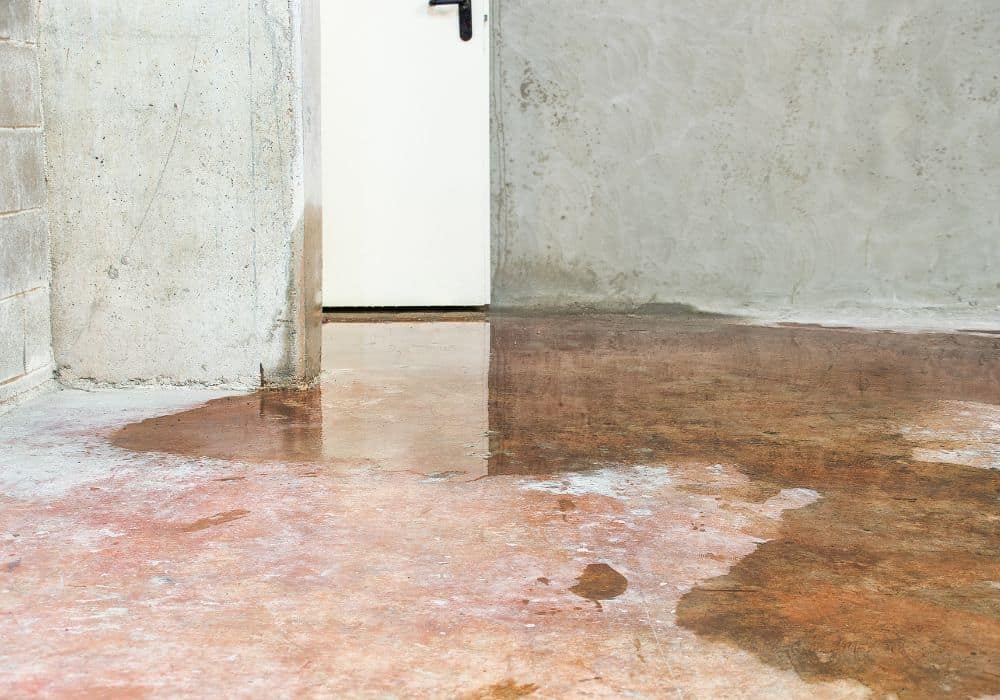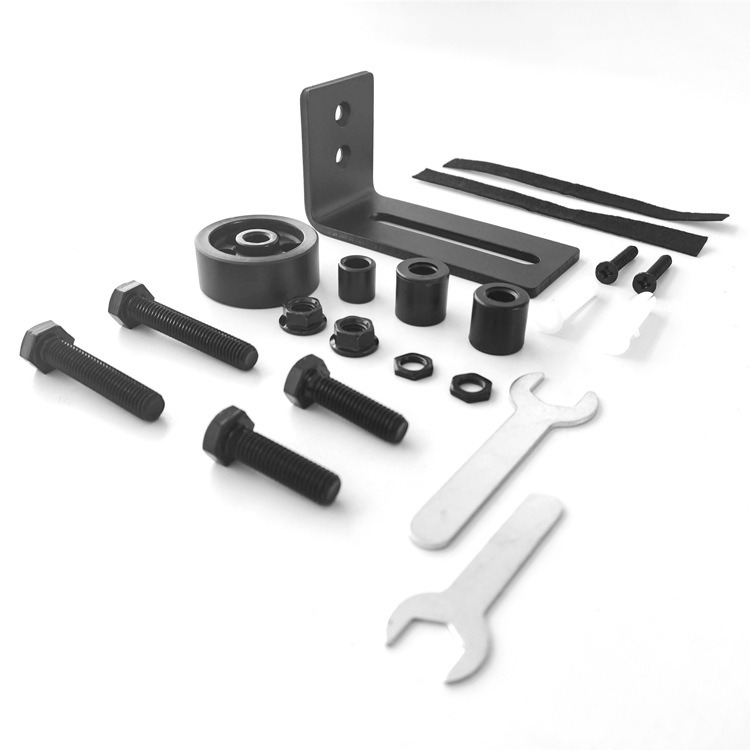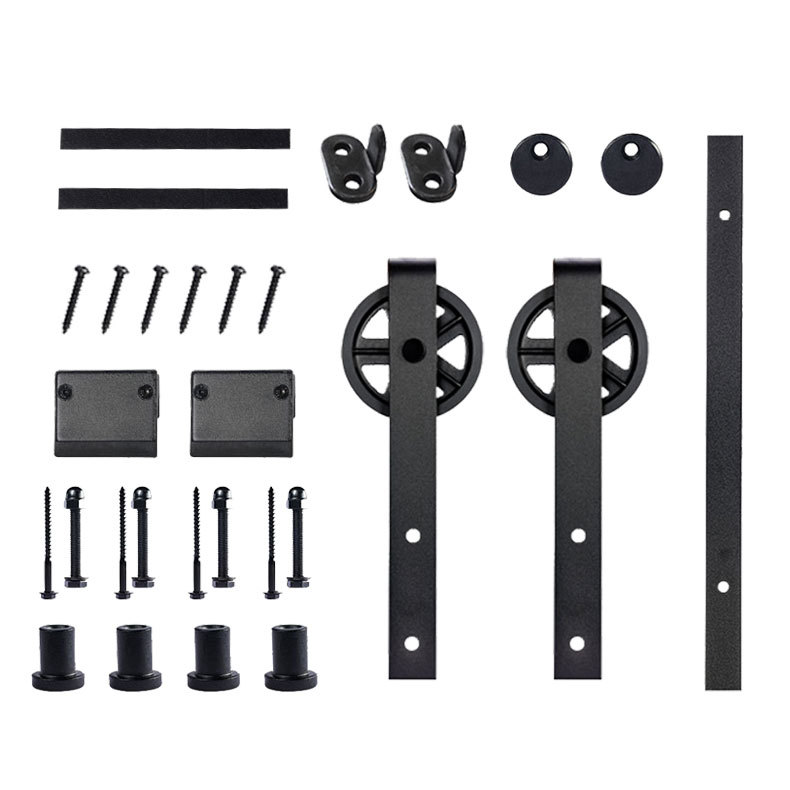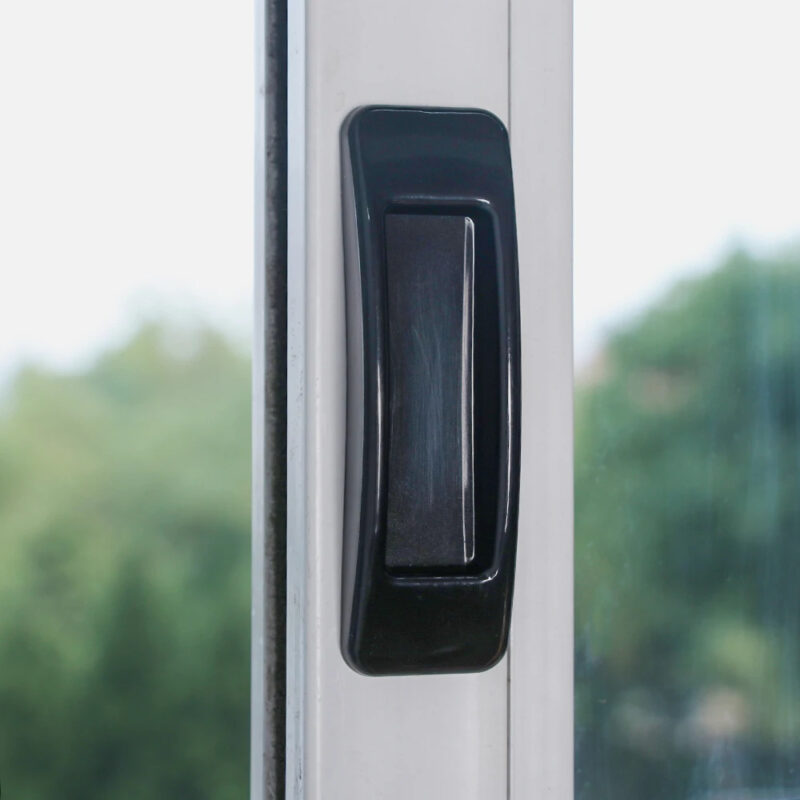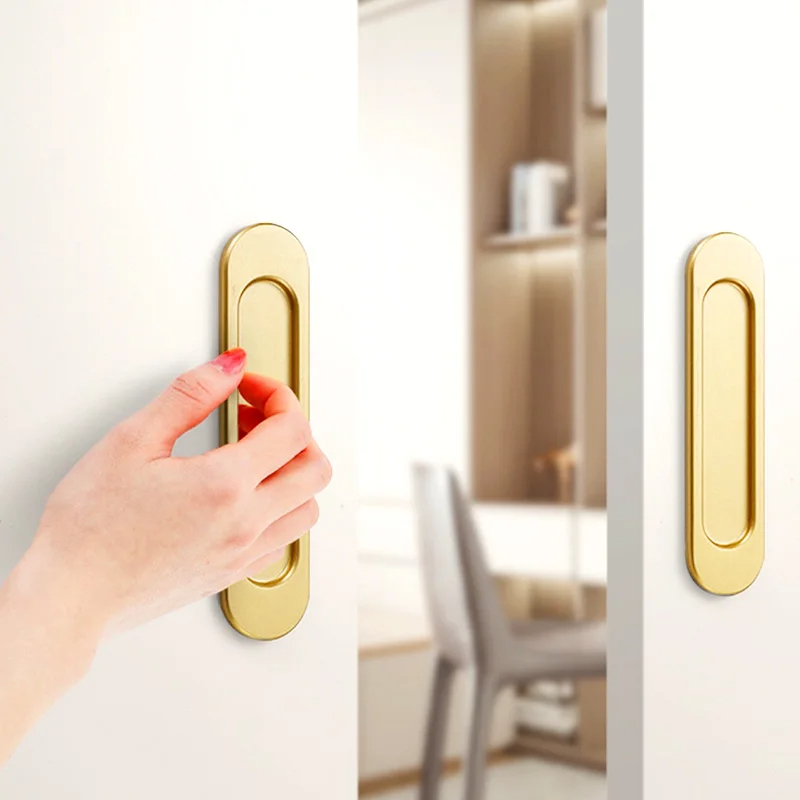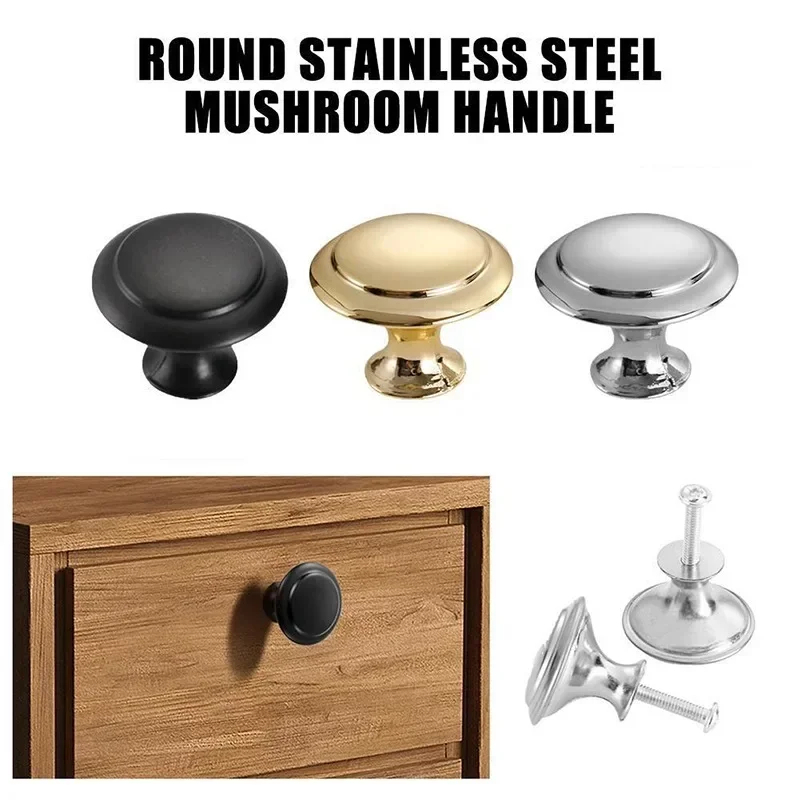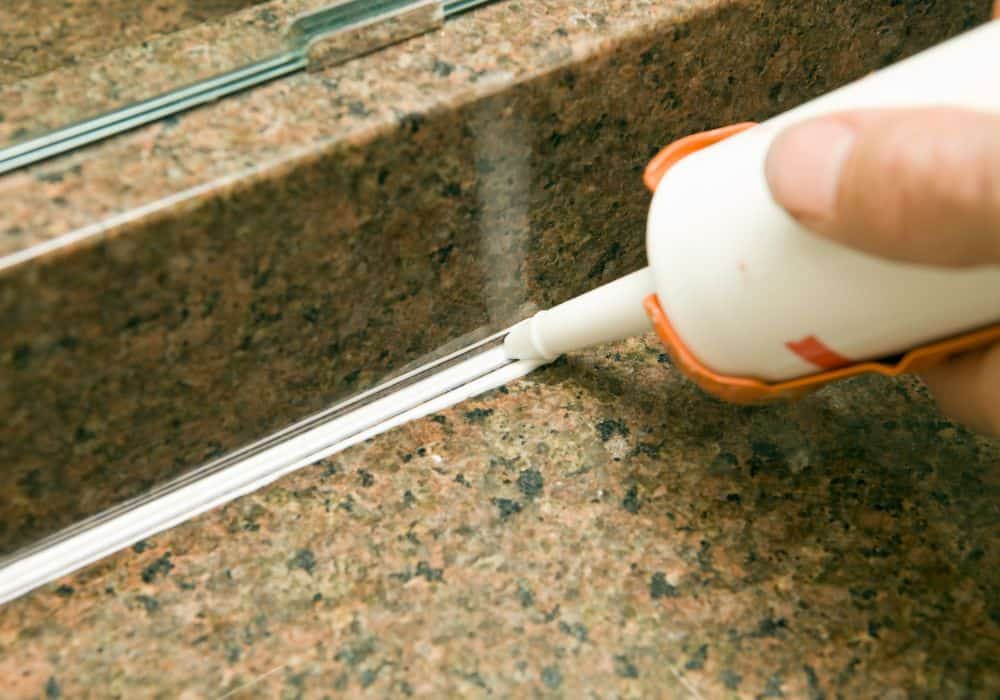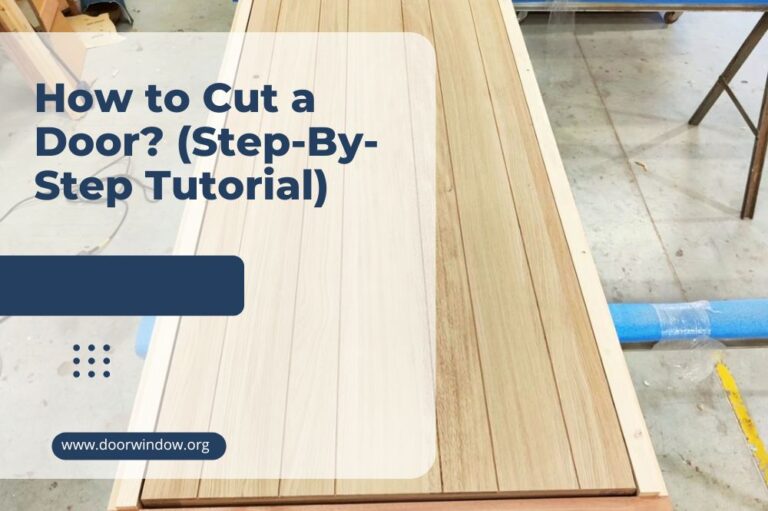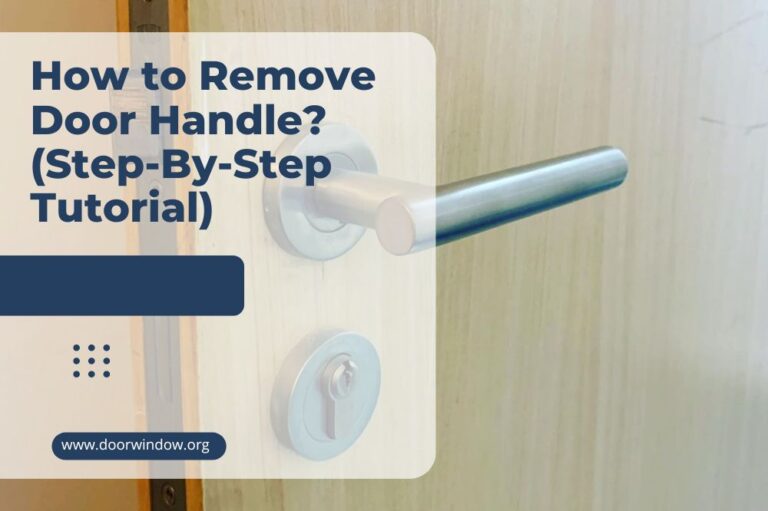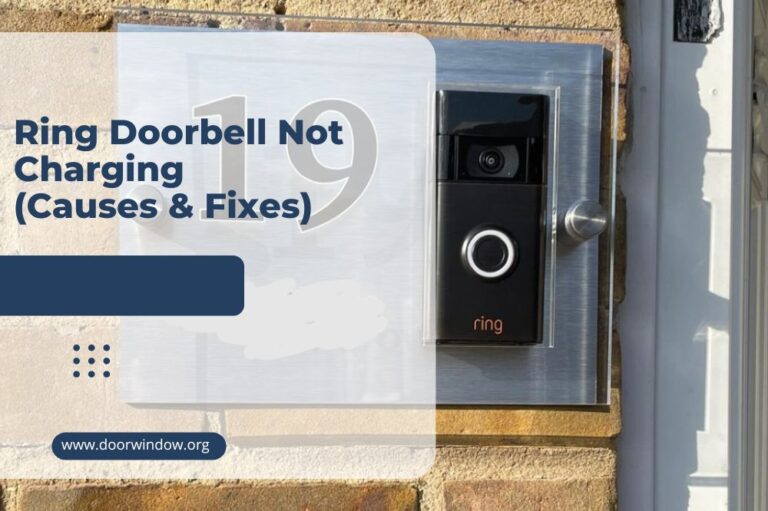How To Stop Water From Coming In Under A Door Threshold? (Reasons & Fixes)
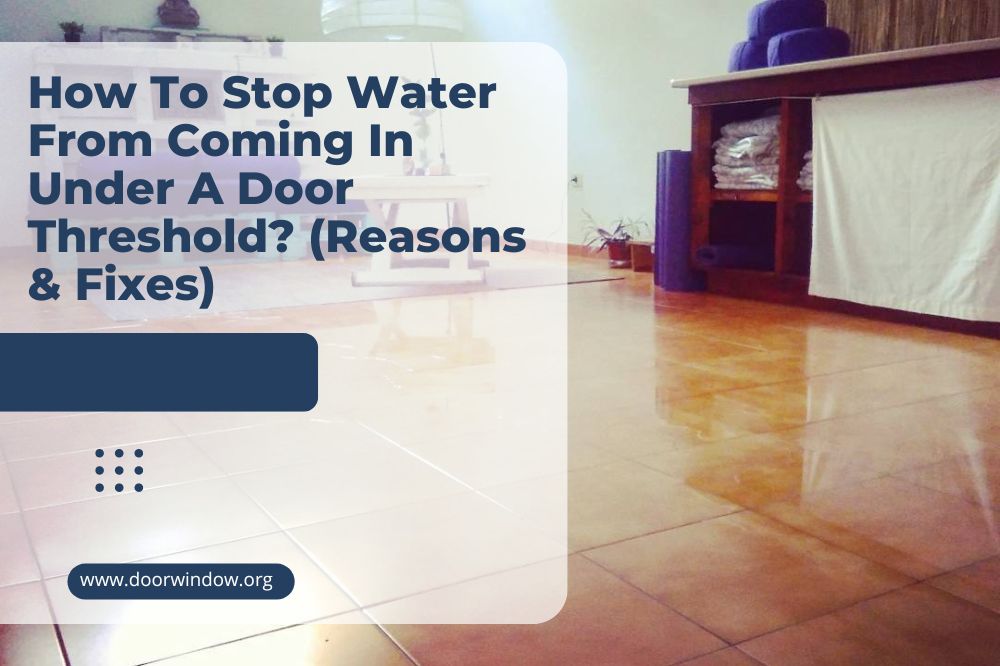
Water coming into your house under any circumstances is worrying, but water coming in under your door can cause a lot of damage and have you scratching your head. This is a problem that needs a quick and attractive fix, but you must first figure out why it’s happening.
It may surprise you to discover that doors are not completely waterproof. Most residential doors have a ⅛ inch gap at the bottom, and the threshold works fine to keep water out under normal circumstances.
Water coming in under the door occurs when things are not up to certain standards, and you may need to repair or replace parts of your door or add waterproofing material. Keep reading as we explain how to identify and address the specific problem.
Why Water is Coming in Under Your Door
The most common reasons water comes in under your door are:
- Flooding of the surrounding area
- Inadequate caulking
- Incorrect door or threshold installation
- Damage to door, door frame, or threshold
Regardless of why water is coming in under your door, you want to diagnose the problem quickly. The sooner you can figure out what’s wrong, the sooner you can fix it and prevent damage from interior flooding that will multiply your repair costs.
Flooding
There is a slight gap between the bottom of your door and the threshold, meaning that any flooding on your doorstep from storms or unsuitable landscaping and architecture will lead to water coming in.
The flooding may come from a broken gutter dumping water right at your front door or an entry that slopes into your doorway. No amount of water or weatherproofing will prevent flood water from entering your home, and you must address this issue as soon as possible.
Inadequate Caulking
Inadequate caulking can cause water leaks anywhere around your door frame, but you’re most likely to notice the water on the floor.
While you can look around your door for gaps, leaks from improper caulking are more difficult to locate. We recommend using an incense stick or flame to detect any air drafts around your doorway.
Move around your door frame and see if the smoke or flame behaves differently in certain locations. If so, you may need to add more caulk or redo your old caulking.
A leaking door may protect against most moisture, but a little water can do a lot of damage. Beyond this, inadequate caulking reduces the energy efficiency of your home, and you will run up higher heating and cooling bills until it is fixed.
Incorrect Door Installation
A door that was not installed properly may be unable to ward off water properly. This is usually evident soon after installation, and you’ll notice other issues such as:
- Creaking
- Difficulty opening or closing the door
- Door opening or closing on its own
Cracks between the door frame and the wall are another major sign of an incorrect installation. If you’ve had the door replaced recently, contact the company (or another if you’re uncomfortable with the service received) and have the problem corrected.
If you installed the door on your own and can’t pinpoint the issue, calling a professional to double check your work at this point is not a bad idea.
Incorrect Threshold Installation
If a door threshold plate is too low or bedded improperly water can seep under the door and into your home. This is the part that helps keep environmental factors out of your home, but it must be installed correctly to do so.
A threshold at the proper height may still leak if someone forgets to seal it properly when installing. Something as small as not sealing the fastener holes can become big issues later on.
To fix this problem, you will need to reinstall or replace the existing threshold and ensure proper sealant.
Damaged Parts
Any obvious damage to your door, door frame, or threshold opens your home to the possibility of water damage. You can try to patch the issue for a while, but temporary solutions will not offer the same amount of protection.
If your doorway is compromised in any way, but its repair at the top of your to-do list. This is the only way to get back to normal life as a homeowner.
Depending on the problem, one of the fixes listed below may be all you need.
How To Stop Water From Coming In Under A Door Threshold?
Fix #1: Replace Old Caulking
Caulking is not a permanent fixture in your home, and it will wear out over time (especially if applied incorrectly). If you notice peeling or missing spots, you should replace the entire line.
To do this you will need:
- Exterior caulk
- A caulk gun
- A 5-in-1 tool (or something similar to remove old caulk)
- Painters tape
- Rags and water
- Foam backer (for larger gaps)
You can use paintable caulking to match the color of your home, but make sure it’s appropriate for exterior use. You may also want a softening solution to assist with removal.
Step1: Clear Old Caulking
Clean the area that you are working in to make your job easier. If you’re using a softening solution, follow the steps on the container. Some commercial solutions require you to let it sit for hours prior to removal.
Use your removal tool to scrape away the old caulk. You may also use your fingers to pull up lengths, but a sharp edge helps remove all traces of the old caulk.
When you’ve finished, clean the area again with a soapy solution.
Step 2: Apply New Caulking
Evaluate the area to see if you have any larger gaps that need to be stuffed before caulking. You can also lay painter’s tape at this point to help with a clean line.
Cut your caulk tube at a 45-degree angle and make sure the opening is large enough to cover the gaps. When you’re ready, use your caulking gun along the door frame to apply the new caulk.
Smooth over this line with a wet finger, then pull up your painter’s tape. Check again for gaps and drafts after it sets.
Fix #2: Correct Threshold Installation
You can replace the threshold completely (and should if you find it is damaged or improperly sized) or you can attempt to fix the issue from its point of origin.
For a complete replacement you need:
- A new threshold (sized to your door)
- A drill and bits
- Caulk and a caulk gun
- Screws
- Paper towels or rags
- Sealant (such as liquid rubber)
In some cases, you may only need to tighten the screws or apply sealant to fix your problem.
Step 1: Remove Old Threshold and Clean the Area
Unscrew your old threshold and remove it, then get to work cleaning the area.
Make sure you get rid of all dirt, debris, and old caulking before you move on.
Step 2: Drill New Pilot Holes
Your new threshold may instruct you on how to space your holes, but most professionals recommend 6 inch spacing.
Using your drill and a suitably-sized bit, drill pilot holes through the threshold and the door sill. Make sure you use a suitable bit type (i.e. standard drill bit for wood; titanium for metal; masonry for concrete or stone) and that the holes match up.
Step 3: Apply New Caulk
Once you’ve drilled your pilot holes, apply caulking to the area. You can use transparent or paintable caulk to preserve the aesthetics of your entryway, but make sure the caulk is suitable for exterior use.
Don’t worry about using too much; you will clear off any excess caulking at the end.
Step 4: Lay and Secure New Threshold
Lay your new threshold over the area, then drive the screws through the pilot holes. Make sure these sit straight and the heads are flush with the top of the threshold.
If the threshold sits too low, use shims to raise it.
Tightening will cause excess caulking to seep through the edges. You should clean this up as soon as possible.
Step 5: Final Waterproofing
When finished, use a sealant on the inner and outer edge of the threshold. Most prefer a liquid rubber sealer spray for convenience and fast curing times.
You may need to apply multiple coats for optimal waterproofing, but make sure you allow proper curing between each layer.
Once it dries, you should be able to resume use of your door without risk of water coming in underneath.
Fix #3: Add a Door Sweep
Adding a door sweep can provide extra protection against the elements, but it’s not a replacement for a faulty door, frame, or threshold.
A u-shaped sweep slides onto the bottom of your door to create this seal, while metal sweeps must be fastened to the bottom of the door. There are also adhesive options, but they run the risk of damaging your paint or falling off over time.
Regardless of which one you choose, you will need to cut it to size and use the appropriate method of installation. Make sure it isn’t so long that it causes your door to stick, and you’re good to go.
Conclusion
Water coming in under your door is never a good thing, and it’s something that requires immediate attention. You may need to block off the area in the moment, but make sure you diagnose the problem as soon as possible.
If you suspect a major problem, such as issues with your landscaping or architecture, reach out for a professional opinion. This is the only way to prevent further damage to your entryway or surrounding walls.
Having problems with water coming in under your door? Let us know what you suspect the issue is and why, and we can help you determine your course of action!

